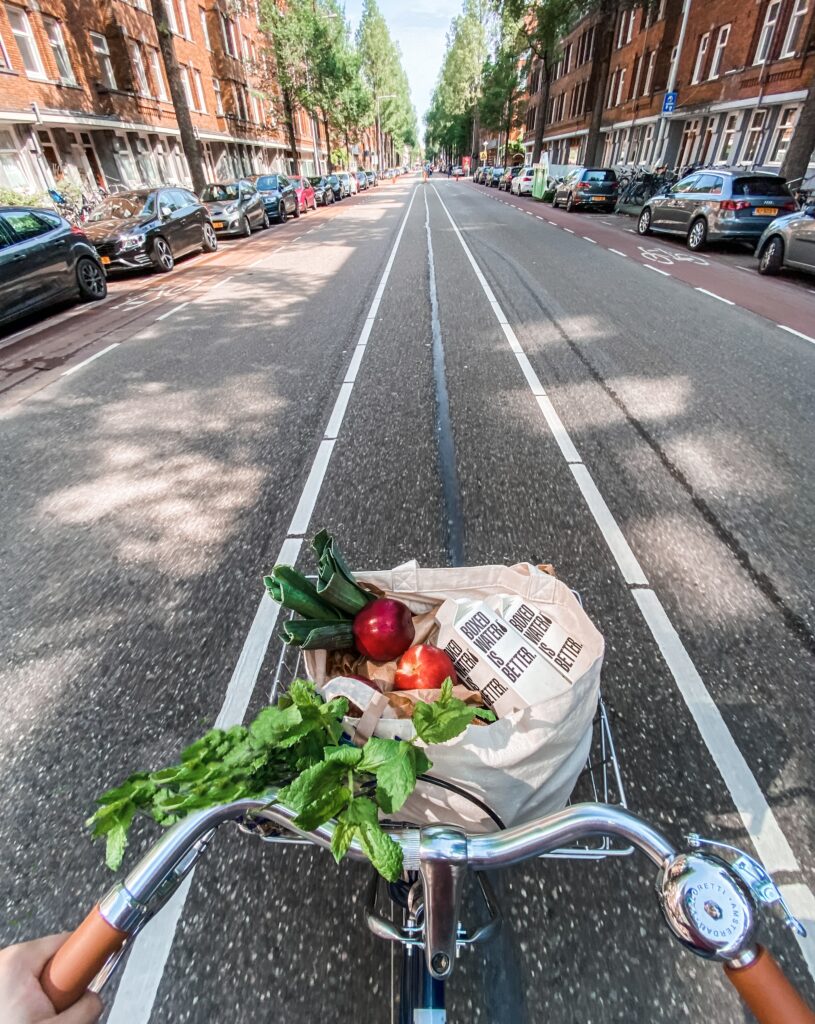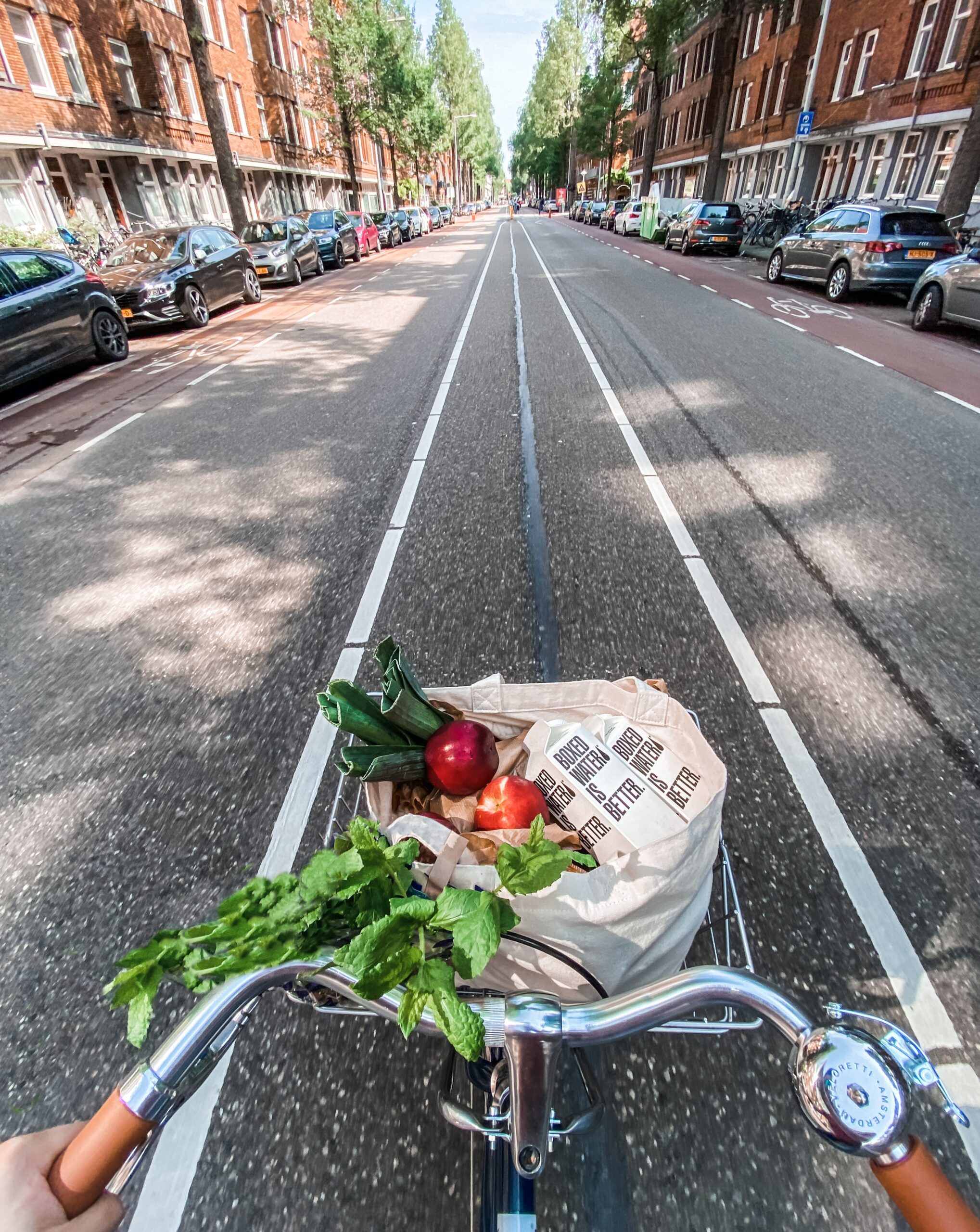Imagine a world where clothes are not just disposable items, but carefully crafted pieces that stand the test of time. Slow fashion aims to do just that, revolutionizing the way we consume clothing and redefining our relationship with apparel. By focusing on sustainable practices, ethical production, and timeless designs, slow fashion not only enhances the overall quality of our garments but also ensures their longevity. In this article, we will explore how the principles of slow fashion positively influence the durability and lifespan of clothing, leading to a more sustainable and satisfying wardrobe.
Check Out Our Top Eco Friendly Product Picks On Amazon Here
1. Background on slow fashion
1.1 Definition of slow fashion
Slow fashion is a movement and approach to clothing that emphasizes sustainable and ethical practices throughout the entire fashion production cycle. It is a response to the negative impacts of fast fashion, which prioritizes quick and inexpensive production, resulting in environmental degradation, poor working conditions, and disposable clothing. Slow fashion encourages a shift towards a more conscious and mindful approach to fashion, focusing on quality, durability, and timeless design.
1.2 Comparison with fast fashion
Fast fashion is characterized by its rapid production and consumption cycles, driven by trends and the desire for new styles at low prices. In contrast, slow fashion takes a more holistic and sustainable approach. While fast fashion prioritizes quantity and quick turnover, slow fashion emphasizes the quality and longevity of clothing, promoting the use of natural and durable materials, as well as ethical production methods. Slow fashion encourages consumers to make thoughtful purchasing decisions and invest in pieces that will last, rather than constantly buying new, disposable garments.
2. The concept of quality in slow fashion
2.1 Emphasis on craftsmanship and materials
One of the core principles of slow fashion is the focus on craftsmanship and the use of high-quality materials. Slow fashion brands often prioritize the skill and expertise of artisans, ensuring that garments are meticulously crafted and finished to the highest standards. By investing in skilled labor and quality materials, slow fashion brands produce clothing that is not only visually appealing but also durable and long-lasting.
2.2 Focus on durability and functionality
Slow fashion aims to create clothing that withstands the test of time, both in terms of durability and functionality. Garments are designed to be worn and enjoyed for years, rather than being consumed and discarded after a few uses. Slow fashion brands prioritize durability in their production processes by using high-quality construction techniques and reinforcing key areas of the garment. Additionally, functionality is emphasized, with versatile designs that can be styled in different ways and adapted to various occasions, ensuring their relevance and usefulness over time.

Check Out Our Top Eco Friendly Product Picks On Amazon Here
3. Sustainable production methods
3.1 Ethical sourcing of materials
Slow fashion promotes the use of sustainably sourced materials, such as organic cotton, hemp, and linen, which have a lower environmental impact compared to synthetic fabrics. These natural fabrics are grown without harmful pesticides and often require less water and energy during production. Slow fashion brands also prioritize transparency in their supply chains, ensuring that materials are ethically sourced, promoting fair trade practices, and avoiding exploitation of workers in the production of materials.
3.2 Fair treatment of workers
In contrast to the often exploitative labor practices associated with fast fashion, slow fashion places a strong emphasis on fair treatment of workers. Slow fashion brands prioritize fair wages, safe working conditions, and respect for labor rights throughout the production process. By working with local artisans and small-scale manufacturers, slow fashion supports local economies and creates meaningful employment opportunities, contributing to the overall well-being and development of communities.
3.3 Reduced environmental impact
Another key aspect of slow fashion is its commitment to reducing the environmental impact of clothing production. Slow fashion brands adopt sustainable practices such as minimizing waste, reducing water usage, and recycling or repurposing materials. By using natural and biodegradable materials, slow fashion decreases reliance on fossil fuels and minimizes pollution from synthetic fibers. Additionally, slow fashion promotes responsible production by avoiding overproduction and excess inventory, resulting in less textile waste and lower carbon emissions.
4. Impact on clothing longevity
4.1 Higher quality construction
The emphasis on craftsmanship and quality materials in slow fashion leads to higher quality construction of garments. Slow fashion brands prioritize attention to detail, using techniques such as hand stitching and reinforced seams to ensure durability. By investing in well-constructed clothing, consumers can enjoy their garments for longer periods of time without experiencing issues such as fraying, loose threads, or seams coming apart. The higher quality construction of slow fashion garments contributes to their overall longevity and resilience.
4.2 Timeless design and versatility
Slow fashion rejects the transient nature of fast fashion trends and instead focuses on timeless design and versatility. By creating pieces that transcend seasonal trends and can be adapted to different styles and occasions, slow fashion brands encourage consumers to wear their clothing for longer periods of time. Timeless designs allow garments to remain relevant and aesthetically pleasing even as fashion fads come and go, ensuring longevity in both style and function.
4.3 Repair and maintenance culture
In the spirit of sustainability and longevity, slow fashion promotes a culture of repairing and maintaining clothing. Slow fashion brands often offer repair services or provide resources and tutorials for consumers to mend their own garments. By encouraging consumers to fix and prolong the life of their clothing, slow fashion minimizes the need for constant consumption and reduces waste. This focus on repair and maintenance not only increases the lifespan of individual garments but also promotes a shift away from disposable fashion towards a more circular and sustainable approach.

5. Reducing waste and promoting circularity
5.1 Limited production and limited editions
Slow fashion brands often produce garments in limited quantities and release limited editions. This intentional strategy aims to reduce the production of excess inventory and minimize waste. By creating scarcity, slow fashion encourages consumers to make thoughtful purchasing decisions, focusing on quality rather than quantity. Limited production helps to avoid overconsumption and ensures that each garment is valued and cherished, contributing to the overall longevity of clothing.
5.2 Recycling and upcycling initiatives
Many slow fashion brands actively promote recycling and upcycling initiatives as part of their commitment to reducing waste and promoting circularity. They encourage the recycling of materials and the use of recycled or upcycled fabrics in their production processes. By utilizing materials that would otherwise end up in landfills, slow fashion minimizes the environmental impact of clothing production and contributes to a more sustainable and circular economy.
5.3 Extended lifespan through resale and rental
Slow fashion embraces alternative ownership models such as clothing resale and rental platforms. By extending the lifespan of clothing through these channels, slow fashion reduces the need for new production and effectively reduces waste. Resale platforms allow consumers to sell or buy pre-owned clothing, ensuring that garments have a second life and enabling others to access high-quality items at more affordable prices. Rental platforms provide opportunities to experience the joy of wearing stylish, high-quality garments for special occasions without the need for permanent ownership, further reducing resource consumption and waste generation.
6. Slow fashion as a catalyst for conscious consumerism
6.1 Encouraging thoughtful purchasing decisions
Slow fashion encourages consumers to think critically about their purchasing decisions and consider the ethical and environmental impact of clothing. By promoting transparency and providing information about the production process, slow fashion brands empower consumers to make informed choices aligned with their values. This shift towards conscious consumerism not only supports sustainable fashion practices but also encourages a more thoughtful approach to consumption in general.
6.2 Raising awareness about the fashion industry’s impact
Slow fashion plays a crucial role in raising awareness about the negative impacts of the fast fashion industry. Through educational initiatives, campaigns, and social media activism, slow fashion brands and advocates highlight issues such as pollution, exploitation of workers, and the disposable nature of fast fashion. By shedding light on these issues, slow fashion fosters a sense of responsibility and inspires individuals to become more engaged and informed about the consequences of their fashion choices.

7. The economic viability of slow fashion
7.1 Supporting local artisans and independent designers
Slow fashion emphasizes the importance of supporting local artisans and independent designers. By choosing to collaborate with local producers and craftsmen, slow fashion brands contribute to the growth of local economies and cultural preservation. By valuing craftsmanship and quality, slow fashion creates opportunities for artisans and designers to showcase their skills, ensuring the continued vitality of traditional techniques and fostering creativity within the fashion industry.
7.2 Long-term cost-effectiveness for consumers
Although slow fashion garments may initially seem more expensive than their fast fashion counterparts, they offer long-term cost-effectiveness for consumers. By investing in high-quality, durable clothing, consumers can enjoy their garments for years, reducing the need for frequent replacements. Slow fashion promotes the idea of value over price, encouraging consumers to prioritize quality and longevity over the allure of cheap and disposable fashion. In the long run, slow fashion saves individuals money by avoiding the constant need for new wardrobe purchases.
8. Challenges and criticisms of slow fashion
8.1 Accessibility and affordability
One of the main challenges of slow fashion is its accessibility and affordability. Slow fashion brands often use higher quality materials and prioritize fair labor practices, which can contribute to higher price points. This can limit accessibility for some consumers who are unable to afford more expensive garments. However, slow fashion is not solely about purchasing new clothing, but also encompasses the values of conscious consumerism, encouraging individuals to make the most of what they already own and explore alternative options such as second-hand or rental clothing, which can be more affordable.
8.2 Limited options for diverse tastes and sizes
Another criticism of slow fashion is its limited options for diverse tastes and sizes. Slow fashion brands often have smaller production runs and focus on timeless designs, which may not cater to the constantly changing preferences of a diverse consumer base. Additionally, some slow fashion brands may not offer an extensive range of sizes, excluding certain individuals from accessing sustainable and ethical clothing options. However, the growing awareness and demand for inclusivity in the fashion industry are prompting slow fashion brands to expand their size ranges and diversify their designs, working towards a more inclusive and diverse representation.
8.3 Slow adoption by mainstream brands
The slow adoption of slow fashion principles by mainstream fashion brands is another challenge faced by the movement. While some mainstream brands have started incorporating sustainability and ethical practices into their production, many still prioritize speed and profit over sustainability. However, increased awareness and demand from conscious consumers are pushing mainstream brands to reconsider their practices and align with the principles of slow fashion. As more consumers prioritize sustainability and ethical practices, there is potential for a broader industry shift towards more responsible and mindful fashion production.

9. Slow fashion as a cultural and social movement
9.1 Empowering individuals to express their values through clothing
Slow fashion provides individuals with an opportunity to express their values and beliefs through their clothing choices. By supporting brands that align with their ethical and environmental values, individuals can use fashion as a means of self-expression and activism. Slow fashion promotes the idea that clothing is more than just a style statement; it is a reflection of personal values and a conscious decision to support sustainable and ethical practices.
9.2 Fostering community and collaboration
Slow fashion creates a sense of community and fosters collaboration among individuals who share a commitment to sustainable and ethical fashion practices. Through events, workshops, and online platforms, slow fashion encourages dialogue, knowledge-sharing, and collaboration among consumers, brands, and industry professionals. This sense of community extends beyond fashion, connecting individuals who are passionate about sustainability, social justice, and environmental protection, fostering a collective movement for positive change.
10. Future prospects and implications
10.1 Integrating slow fashion principles into the industry
As slow fashion continues to gain momentum, there is growing potential for the integration of its principles into the broader fashion industry. Increasingly, mainstream brands are recognizing the importance of sustainability and ethical practices and are incorporating them into their business models. Slow fashion principles, such as transparency in supply chains, fair labor practices, and responsible production, have the potential to become industry-wide standards. By adopting these principles, the fashion industry can reduce its negative impact on the environment and labor rights while meeting the evolving demands of conscious consumers.
10.2 Inspiring change beyond the fashion sector
Beyond the fashion sector, slow fashion has the power to inspire change in various industries and consumer behaviors. The principles of sustainability, ethical production, and conscious consumption that characterize slow fashion can be applied to other areas such as home goods, electronics, and food. As consumers become more aware of the consequences of their purchasing decisions, they are likely to demand more ethical and sustainable options in all aspects of their lives. Slow fashion serves as a valuable catalyst for broader societal change, encouraging individuals and industries to think critically about their choices and move towards more sustainable and responsible practices.
In conclusion, slow fashion has a profound impact on the overall quality and longevity of clothing. By prioritizing craftsmanship, high-quality materials, and durability, slow fashion creates garments that are built to last. Sustainable production methods, such as ethical sourcing and reduced environmental impact, further contribute to the longevity of clothing. Slow fashion also addresses waste and promotes circularity through limited production, recycling initiatives, and resale and rental platforms. The movement encourages conscious consumerism, raises awareness about the fashion industry’s impacts, and supports local artisans and independent designers. However, slow fashion faces challenges such as accessibility, limited options, and slow adoption by mainstream brands. Nonetheless, slow fashion has the potential to create a cultural and social movement, empowering individuals to express their values, fostering community, and inspiring change beyond the fashion sector. With the integration of slow fashion principles into the industry and its implications for other sectors, the future holds promising prospects for a more sustainable and ethical fashion landscape.




